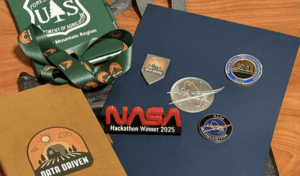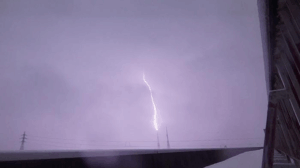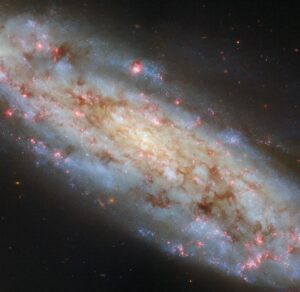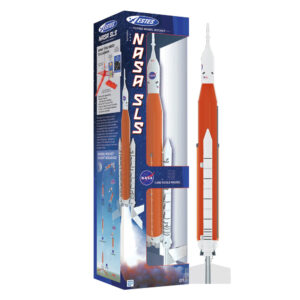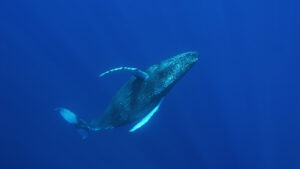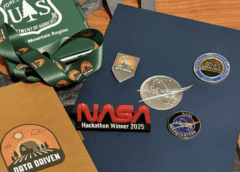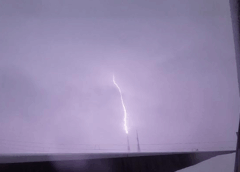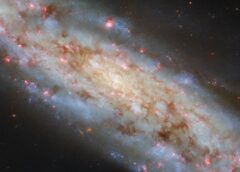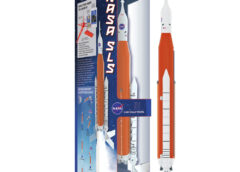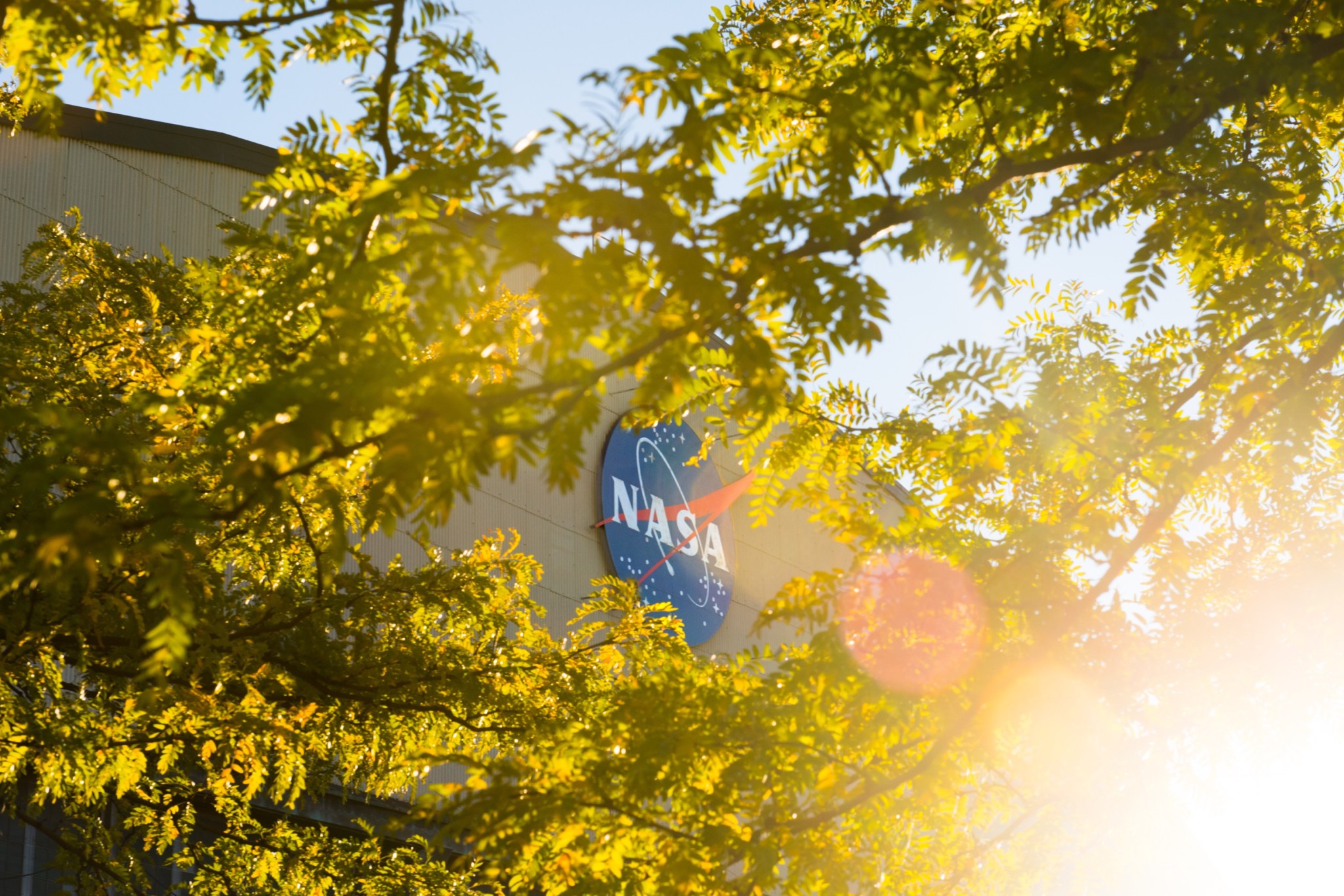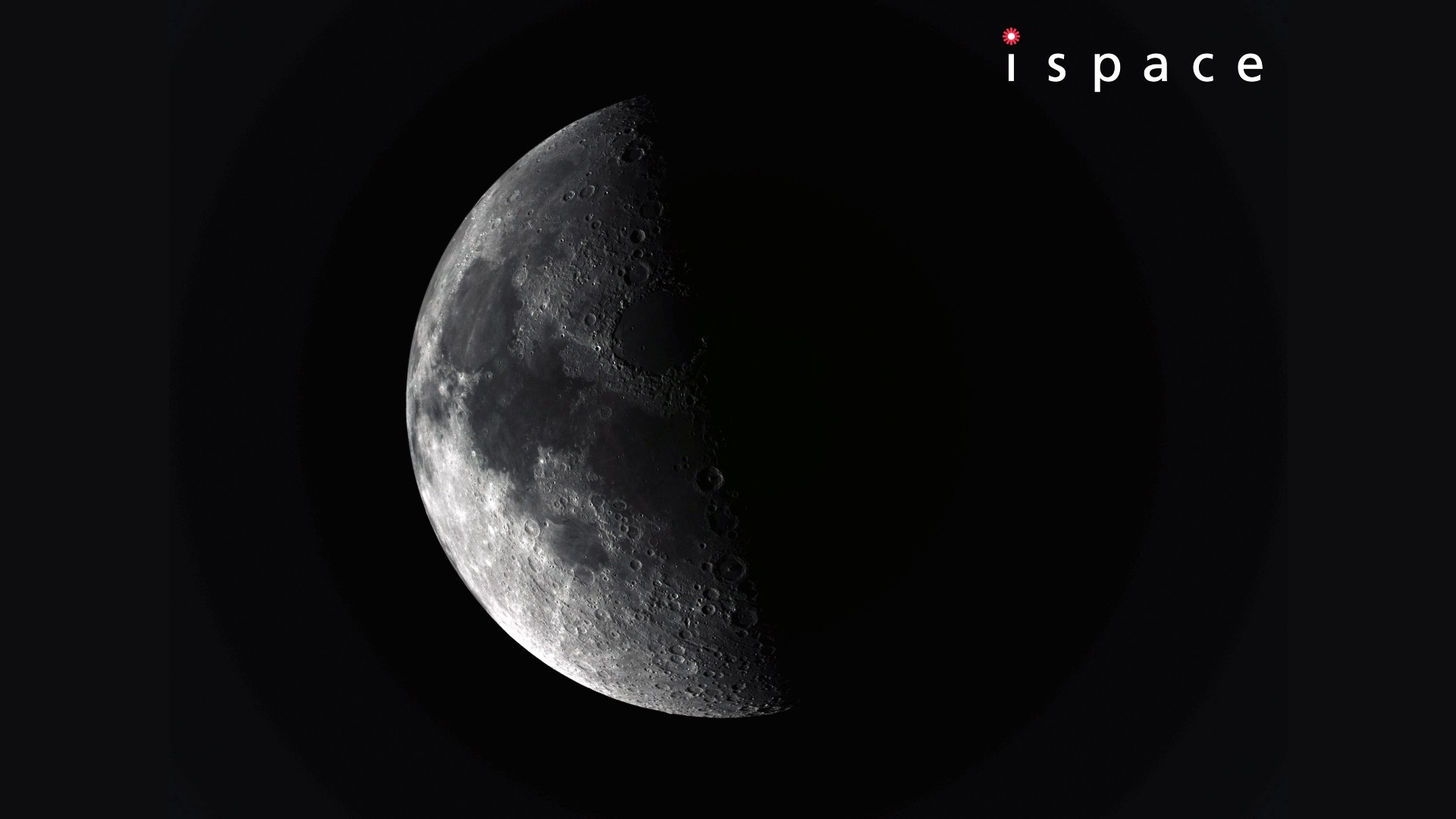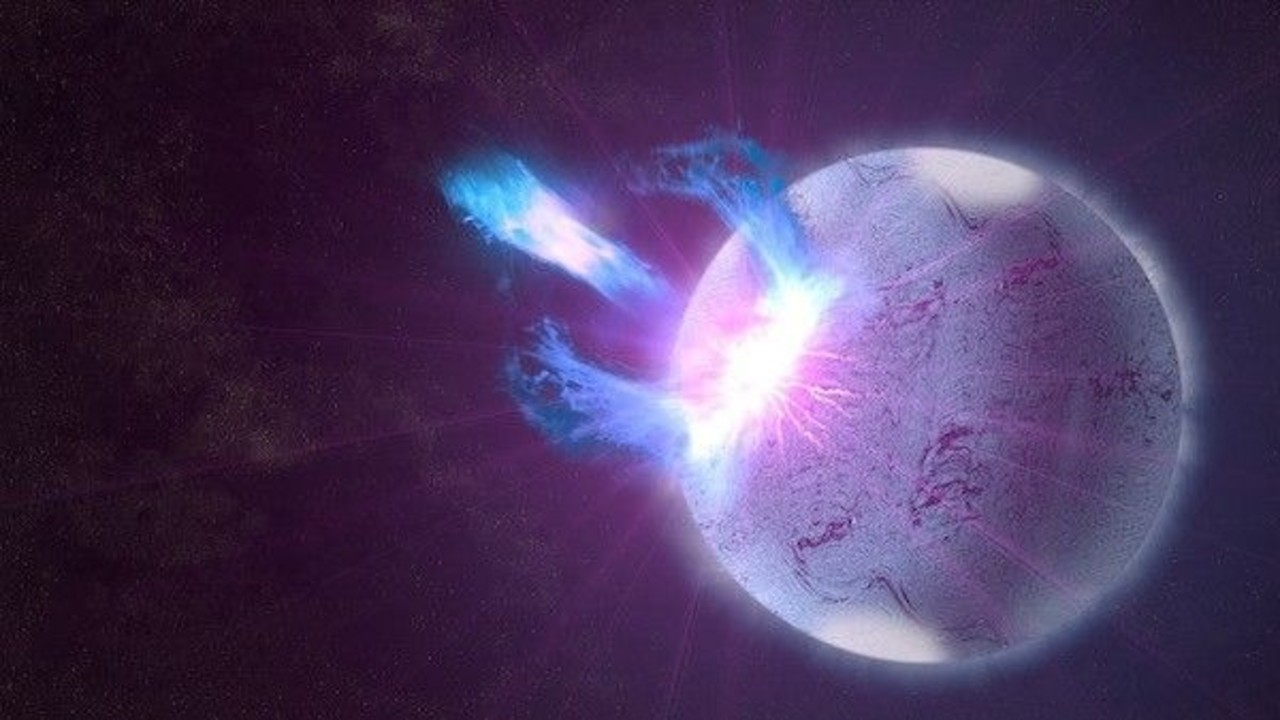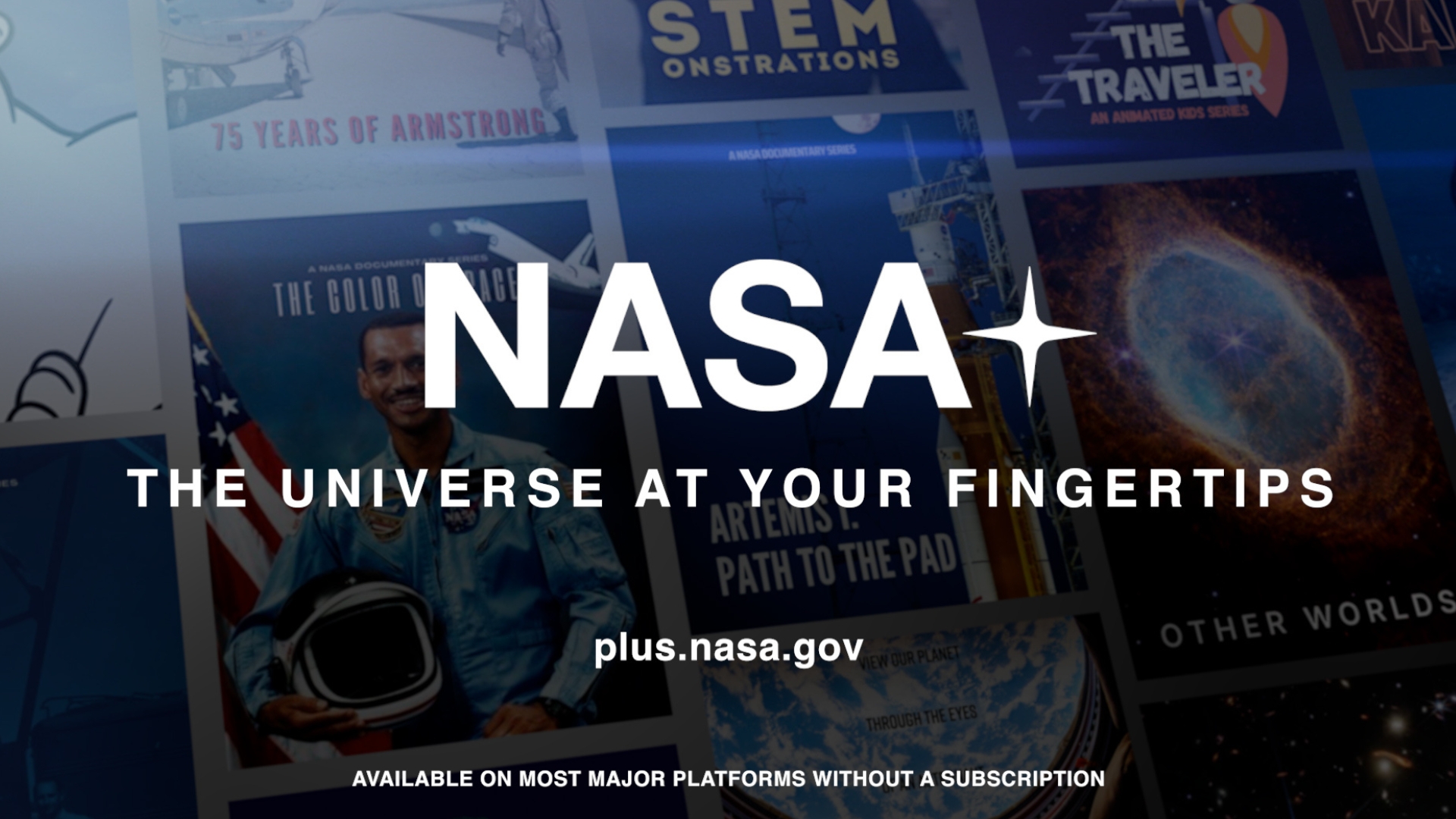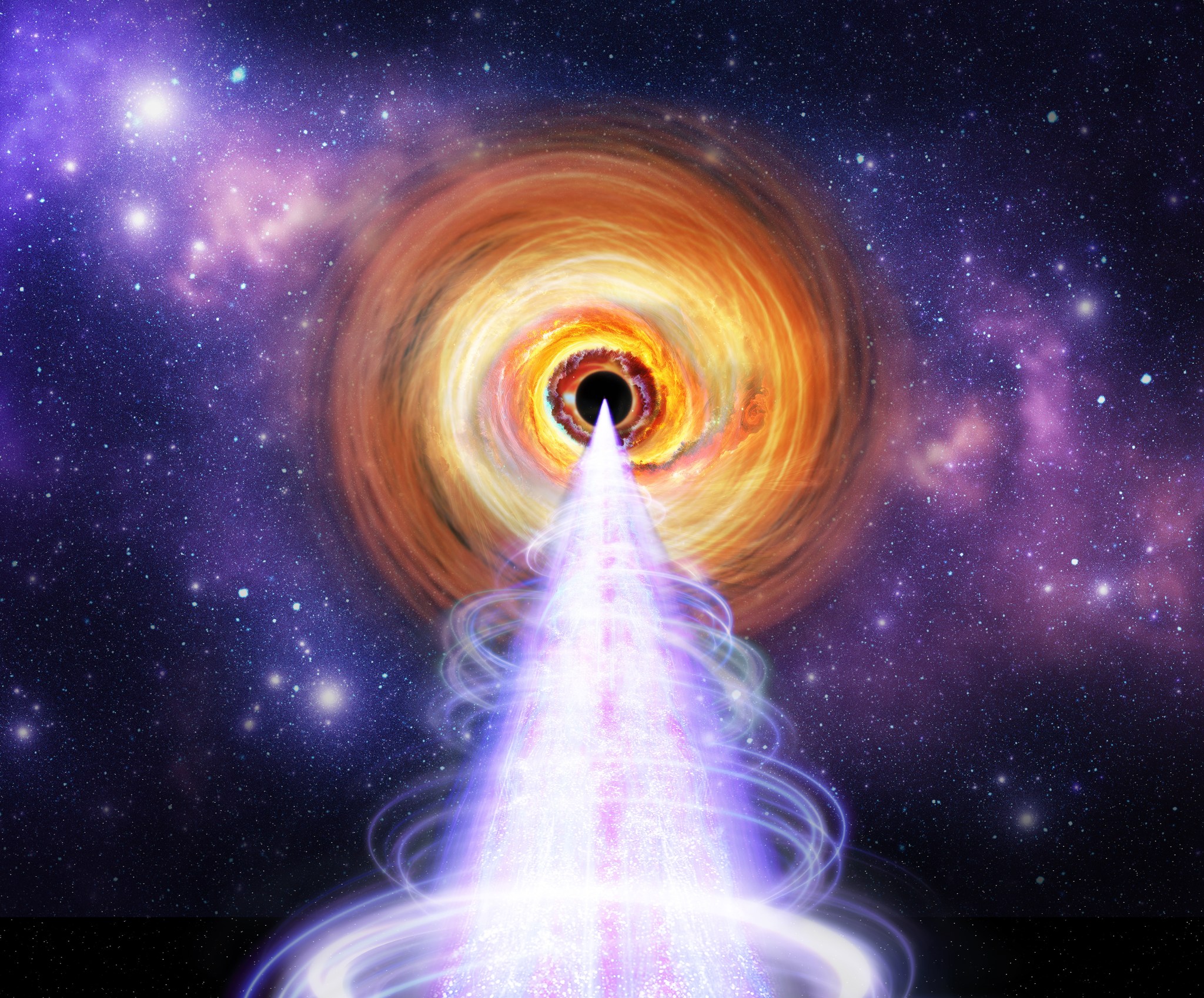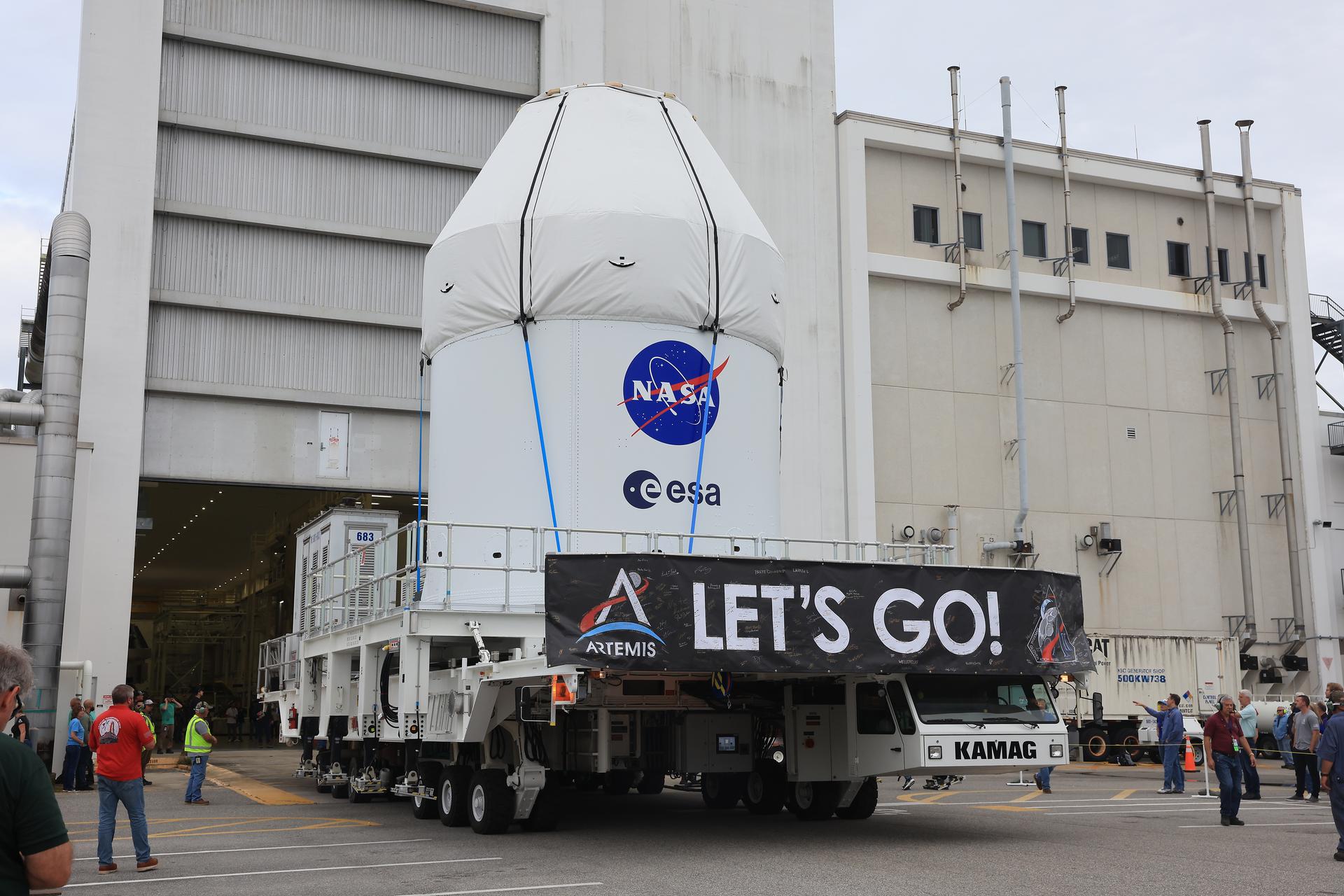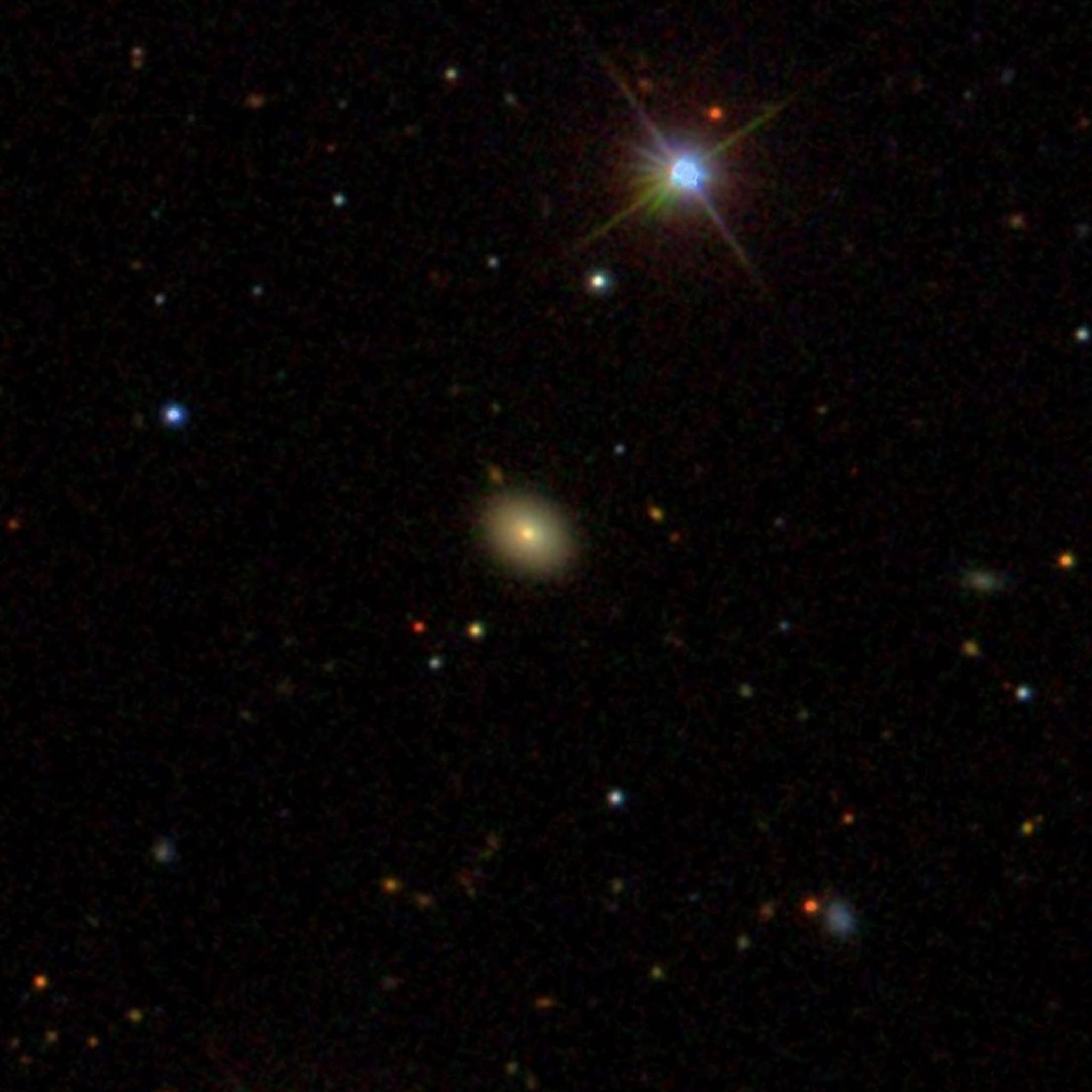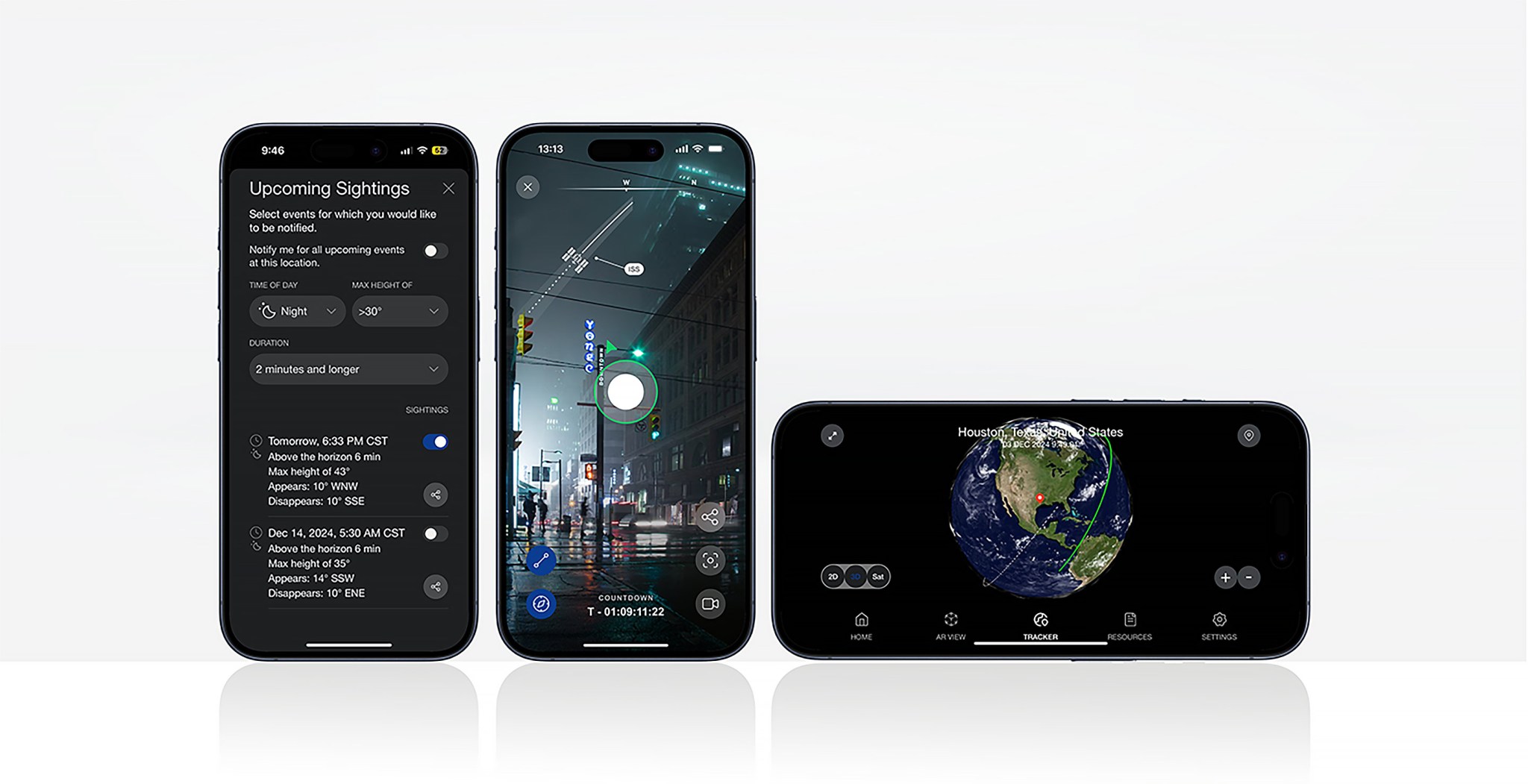NASA/Bridget Caswell The NASA “meatball” logo, mounted on the Flight Research Building at NASA’s Glenn Research Center in Cleveland, peeks through tree leaves in this June 10, 2016, photo. Built in the 1940s, the Flight Research Building, also known as the NASA Glenn Hangar, is a facility large enough to hold numerous aircraft of various sizes. It has been home to many unique and innovative aircraft over the years. Take a virtual tour of the Hangar. Image credit: NASA/Bridget Caswell
Read More‘Gears of War: Reloaded’ chainsaws its way into Xbox, PS5, and PC this summer, and everyone will be playing together
We’ve been recommending that you replay the best Gears of War games ahead of E-Day (the upcoming Rogue One-ish prequel) for a while, but now you have no excuse, as the original Gears of War is returning to consoles and PC with a new remaster, and this time it’s coming to PlayStation too. On May 5, The Coalition’s Mike Crump announced through the Xbox Wire blog that Marcus Fenix and his ragtag team of COG soldiers will take on the Locust Horde once again in Gears of War: Reloaded. We’re…
Read MoreJapan’s Resilience moon lander arrives in lunar orbit ahead of historic touchdown try
A private Japanese lunar lander is now in orbit around the moon. The Resilience spacecraft, which was built by the Tokyo-based company ispace, arrived at the moon on schedule Tuesday (May 6), keeping it on target for a historic touchdown try a month from now. “First and foremost, we are extremely pleased that the Resilience lander successfully reached lunar orbit as planned today,” Takeshi Hakamada, ispace’s founder and CEO, said in a statement. “We will continue to proceed with careful operations and thorough preparations to ensure the success of the…
Read MoreWhere does the universe’s gold come from? Giant flares from extreme magnetic stars offer a clue
Scientists have finally gathered direct proof of how the universe forges its heaviest elements, a process that has remained a mystery for over half a century. A team from the Flatiron Institute in New York City calculated that giant flares emitted by magnetars — highly magnetic types of collapsed stars known as neutron stars — could be the long-sought cosmic forge that creates the universe’s heavy elements. Just one of these giant flares could produce a planet’s worth of gold, platinum, and uranium. “It’s pretty incredible to think that some…
Read MoreNASA Live Coverage, Original Content Now Streaming on Prime Video
Credit: NASA NASA’s on-demand streaming service, NASA+, launched a FAST (Free Ad-Supported Television) channel on Prime Video Tuesday, giving viewers another way to watch the agency’s aeronautics, human spaceflight, science, and technology missions unfold on screen. As the agency continues to improve life on Earth and inspire new generations through innovation, exploration, and discovery, NASA+ is dedicated to sharing stories through live launch coverage, original documentaries, family-friendly content, and more. “Streaming NASA+ on multiple platforms allows the agency to more efficiently share its missions, from launching astronauts to the International…
Read MoreNASA’s IXPE Reveals X-ray-Generating Particles in Black Hole Jets
5 min read Preparations for Next Moonwalk Simulations Underway (and Underwater) The blazar BL Lacertae, a supermassive black hole surrounded by a bright disk and jets oriented toward Earth, provided scientists with a unique opportunity to answer a longstanding question: How are X-rays generated in extreme environments like this? NASA’s IXPE (Imaging X-ray Polarimetry Explorer) collaborated with radio and optical telescopes to find answers. The results (preprint available here), to be published in the journal Astrophysical Journal Letters, show that interactions between fast-moving electrons and particles of light, called photons,…
Read MoreSPHEREx Starts Scanning Entire Sky
NASA’s SPHEREx mission is observing the entire sky in 102 infrared colors, or wavelengths of light not visible to the human eye. This image shows a section of sky in one wavelength (3.29 microns), revealing a cloud of dust made of a molecule similar to soot or smoke.
Read MoreNASA Progresses Toward Crewed Moon Mission with Spacecraft, Rocket Milestones
Technicians move the Orion spacecraft for NASA’s Artemis II test flight out of the Neil A. Armstrong Operations and Checkout Building to the Multi-Payload Processing Facility at Kennedy Space Center in Florida on Saturday, May 3, 2025. NASA/Kim Shiflett Engineers, technicians, mission planners, and the four astronauts set to fly around the Moon next year on Artemis II, NASA’s first crewed Artemis mission, are rapidly progressing toward launch. At the agency’s Kennedy Space Center in Florida, teams are working around the clock to move into integration and final testing of…
Read MoreNASA’s NICER Maps Debris From Recurring Cosmic Crashes
5 min read NASA’s NICER Maps Debris From Recurring Cosmic Crashes Lee esta nota de prensa en español aquí. For the first time, astronomers have probed the physical environment of repeating X-ray outbursts near monster black holes thanks to data from NASA’s NICER (Neutron star Interior Composition Explorer) and other missions. Scientists have only recently encountered this class of X-ray flares, called QPEs, or quasi-periodic eruptions. A system astronomers have nicknamed Ansky is the eighth QPE source discovered, and it produces the most energetic outbursts seen to date. Ansky also…
Read MoreSpot the Station Frequently Asked Questions
An augmented reality interface makes it easier for users to locate the International Space Station and provides options for capturing and sharing pictures and videos of their sightings in real-time (Credit: NASA). 1. Why is the International Space Station up there? The International Space Station is a convergence of science, technology, and human innovation that enables research not possible on Earth for the benefit of humanity. For more than 25 years, NASA has supported a continuous U.S. human presence aboard the station, through which astronauts have learned to live and…
Read More